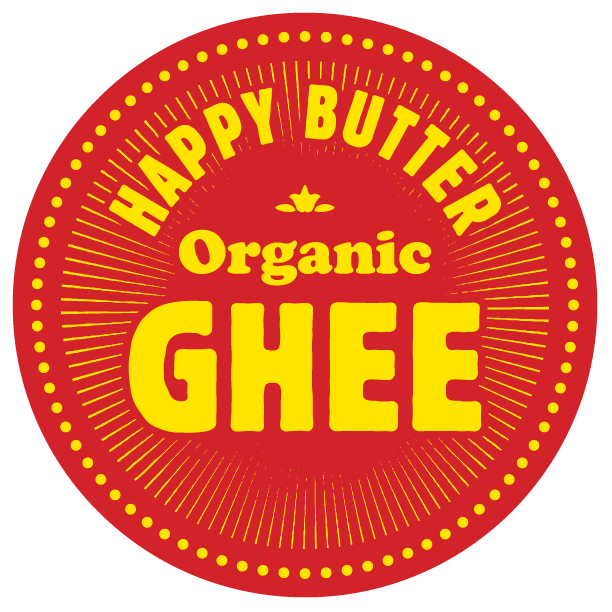Why Ghee Will Prevent Frustration With Crustaceans
One of the great things about ghee is that it is highly versatile and can be used with and in so many different foods. With few exceptions, if there is an ingredient, there is a ghee recipe to go with it.
The middle of summer is a good time for particular kinds of food. While we are now past peak asparagus season (May-June), there are lots of summer fruits about and, on the meaty side, now is a good time for fresh shellfish.
Depending on how near you live to a supply line straight from the boats after landing a catch, you may get them from the seabed to the supper table within a day.
For that reason, now is a good time to combine fresh crustaceans with ghee. Wooden Skillet, for instance, has published a recipe for butter-poached lobster, with the lobster tails de-shelled.
The ghee is placed in skillets and heated for five minutes before being added to the pan with the lobster tails, which are seared in it for between one and three minutes. The author of the recipe recommends combining them with vegetables such as potatoes, sprouts, or broccoli.
Another recipe on the site is for lemon butter scallops, again using ghee, but if you want a lobster substitute that looks and tastes very similar, their smaller cousins the langoustines, may prove ideal.
While these crustaceans are caught and eaten all over the world, Great British Chefs points out that over a third of them are caught in Scotland, either out at sea or in lochs.
Langoustines were once treated as something rather basic, with their tails coated in breadcrumbs and served as scampi with chips. But with some ghee butter, you can cook and serve them in the same way you would lobster tails, except you need more to allow for their smaller size.
